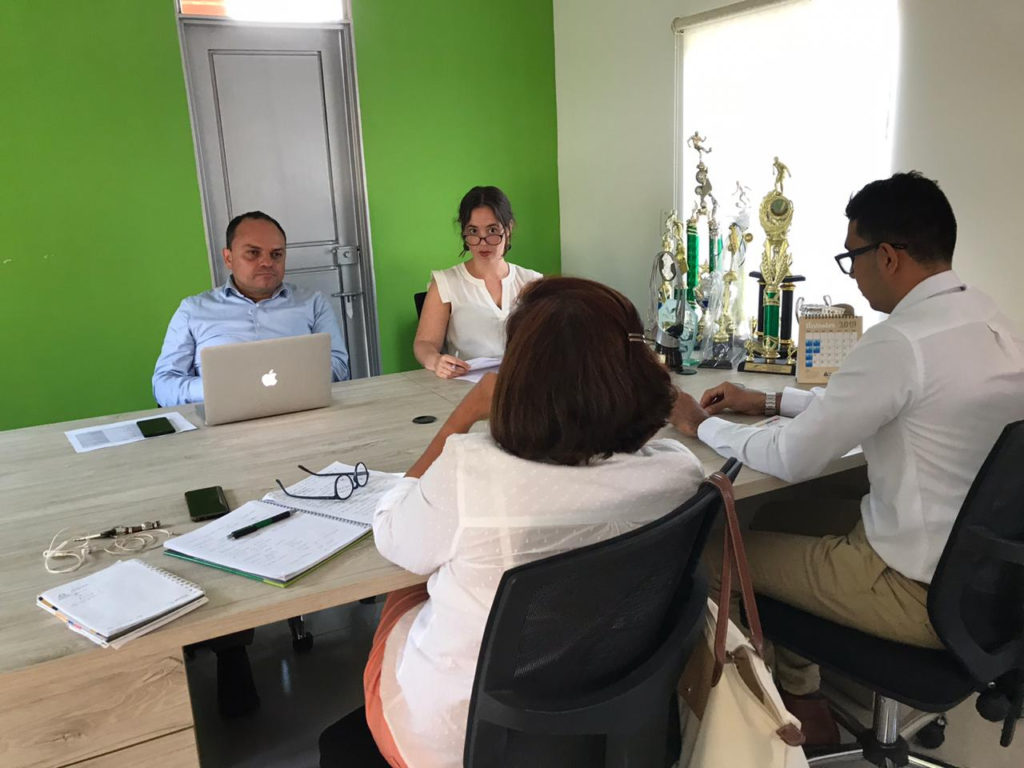By Nicolás Gonzalez, Business Development Manager at Agricompas
The last few months have been challenging, but also revealing for EcoProMIS and our approach to entering the market. While working hard to develop a comprehensive platform for data analytics, we are doing extensive market research with each of the stakeholders involved in the value chain for rice and agriculture in general.
EcoProMIS is a platform that collects and processes data into analytics from many different sources, providing a complete overview of the production chain. Establishing a link with each of the actors involved in the chain is fundamental. For this reason, our business and product development team work side by side with these stakeholders with the purpose of creating services that generate value and become the source of the company’s revenue.
For the market analysis, which is comprised of the study of both its size and the possible services to offer, a series of interviews and validations have been conducted with each of the stakeholders.
The main stakeholders we are engaging are drawn from the rice milling sector, agri-insurance, credit, seed, machinery, fertilizer and agrochemical suppliers. All of these have a key role in rice production and for which intelligent information is relevant in the decision-making of their business, improving competitiveness and optimising their processes.
Access to information is the critical factor
One of the common factors that the Agricompas team found in the interviews conducted with each of the key actors mentioned above, is that information for them is considered as their guide in daily operations, in the prediction of supply and demand, and in the management of decision making with respect to their business strategy.

Today there is no platform like EcoProMIS and the different actors mentioned above could see clearly the business advantage it would lend them: the possibility of knowing and predicting the yield of farmers’ production, seeing and mitigating risks for the credits that most of them offer, and the management of inventories and supply and demand.
Thanks to this market feedback, we have been able to generate valuable information products, taking our access to satellite images, artificial intelligence, climate information and data provided by farmers themselves, to generate differentiation in the market and value for platform users, making agriculture in Colombia more competitive through better decisions in crop management.
Best services, better conditions for farmers
With the development of the EcoProMIS platform, after market validation and the approval of rice farmers, we are creating a conducive environment for the innovation and growth in the agricultural ecosystem in Colombia.
The information for each of the actors in the chain translates into better products and services for farmers, because with this understanding of production, they are able to better identify their needs and their ability to pay and manage risks, all of which in turn translates into a considerable improvement in the structuring and costing of products.
Technology and access to information are part of the new generation of agriculture that is evolving worldwide. We believe that EcoProMIS is the platform responsible for bringing it to the life of each of the farmers who are part of the project and to the door of each of the companies that are part of the production chain.
EcoProMIS provides users not only with information, but with a valuable tool for daily operations, decision-making, and the way in which users innovate new products and services.


